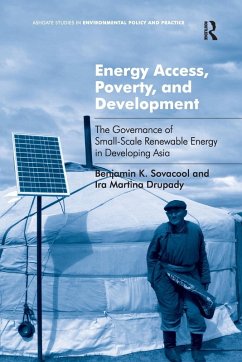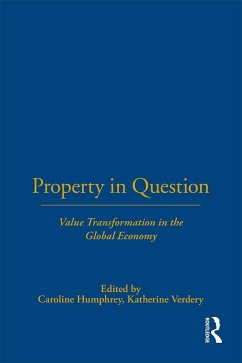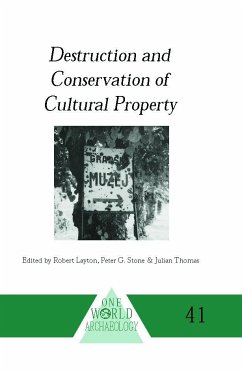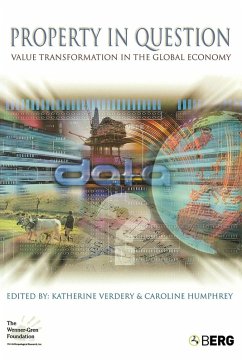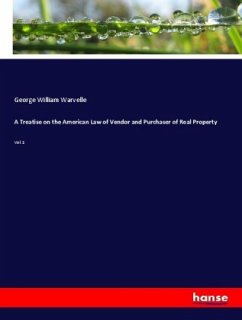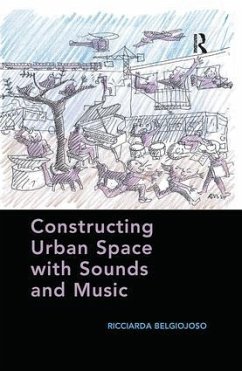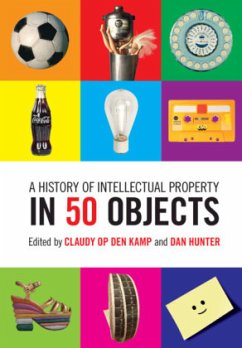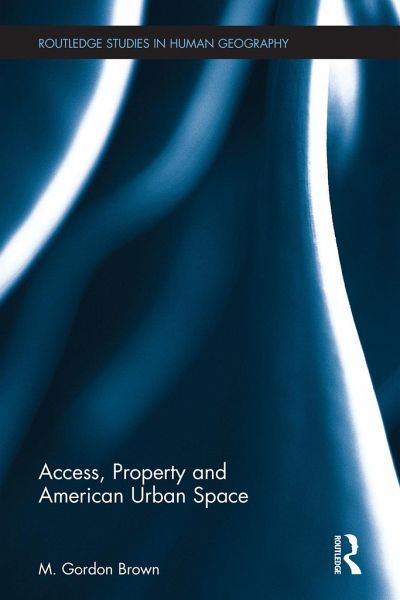
Access, Property and American Urban Space
Versandkostenfrei!
Versandfertig in 1-2 Wochen
185,99 €
inkl. MwSt.
Weitere Ausgaben:

PAYBACK Punkte
93 °P sammeln!
This volume examines how the pervasive changes in the relation between private and public property have impacted the spatial form of American cities. In addition to linking spatial patterns and economic costs, the book shows how to quantify these patterns and link them to congestion and transaction costs. At a more fundamental conceptual level, it proposes an original and simple theory explaining the genesis of urban spatial form in the Fertile Crescent that links to the form of American urban space as conceptualized by the Founding Fathers.





